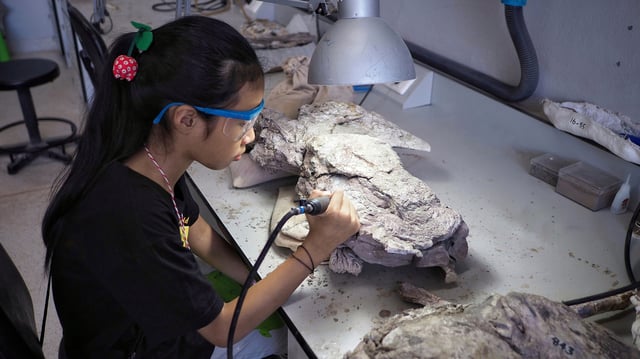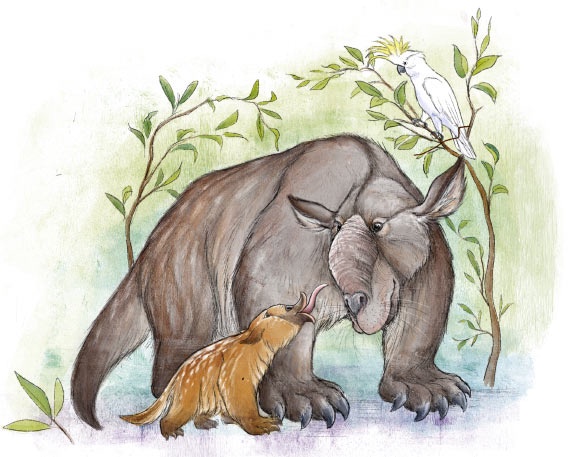Overview
- Researchers established collagen peptide markers for Zygomaturus trilobus, Palorchestes azael and Protemnodon mamkurra to expand fossil identification.
- Zooarchaeology by Mass Spectrometry (ZooMS) can now distinguish megafauna remains in tropical and sub-tropical sites where DNA preservation is poor.
- Bones of Protemnodon mamkurra dated to over 43,000 years ago suggest this giant kangaroo may have coexisted with early Tasmanian humans.
- The new markers reliably separate genera but currently cannot distinguish species within the same genus due to slow evolutionary changes in collagen.
- By increasing the number of identifiable megafauna fossils, this approach could shed light on extinction drivers and interactions with early modern humans.


